Neocin | Ointment | 20 gm | 1 pcs
৳ 44.00
Brand Name: Neocin Ointment
Generic: Neomycin Sulfate + Bacitracin Zinc
(5 mg+500 IU)/gm
Manufacturer: Opsonin Pharma Ltd.
20 gm tube: ৳ 44.00
Indications
Therapeutic Class
Pharmacology
Bacitracin inhibits bacterial cell wall synthesis and is active against many gram-positive bacteria (e.g. staphylococci, streptococci, corynebacteria and Clostridia) and some gram-negative species (e.g. Neisseria and Haemophilus influenzae). They are often found in combinations in topical preparations as broad spectrum antibacterial agents.
Neomycin, an aminoglyoside with antimicrobial spectrum similar to gentamicin, binds to the 30S subunits of the bacterial ribosome, inhibiting protein synthesis and thereby disrupting DNA synthesis. It is active against many gram negative aerobes and against some strains of staphylococci.
Dosage & Administration
Ointment: Before use, the area for application should be cleaned gently. Derbis such as pus or crusts should be removed from the affected area. Apply two to three times daily to the affected skin area.
Dusting Powder: Antibiotic powder is a non- sterile dusting powder and used for superficial skin infections. A light dusting of the powder to be applied to the affected skin area upto 4 times daily.
Interaction
Bacitracin Zinc: Increased risk of nephrotoxicity when used with other nephrotoxic drugs. May enhance the action of neuromuscular-blocking agents.
Neomycin Sulphate: Additive nephrotoxic and neurotoxic effect with other aminoglycosides, bacitracin, cisplatin, vancomycin, amphotericin B, polymyxin B, colistin and viomycin. Enhanced toxicity with potent diuretics. May impair the absorption of other drugs. May enhance the effect of acarbose. May enhance the effect of non-depolarising muscle relaxants. May antagonise the parasympathomimetic effect of neostigmine and pyridostigmine. May increase the risk of hypocalcaemia in patients receiving bisphosphonates. May alter INR when givenwithanticoagulants. May inactivate oral typhoid vaccine.
Contraindications
Side Effects
Pregnancy & Lactation
Precautions & Warnings
Bacitracin & Neomycin antibiotic powder should not be used to large open wounds or to severely injured skin or on areas that exude large volumes of fluid as hard crusts may form. Since this skin ointment contains Neomycin, it should not be used for the treatment of otitis external when the eardrum is perforated because of risk of ototoxicity.
Patients considering self-medication with a topical anti-infective for deep or puncture wounds, animal bites, or serious burns should be advised to first consult a physician. Patients using the preparations for the prevention of infection in minor skin injuries (e.g., cuts, scrapes, burns) should be advised to discontinue the topical anti-infective preparation and consult a physician if the condition persists or worsens; it should not be used for longer than 1 week unless directed by a physician.
Use in Special Populations
Storage Conditions
| Generic Name | Neomycin Sulfate + Bacitracin Zinc |
|---|---|
| tube: | 10 gm |
Only logged in customers who have purchased this product may leave a review.



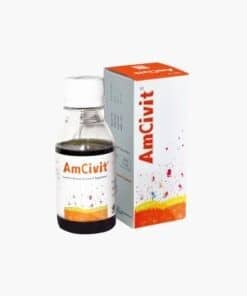
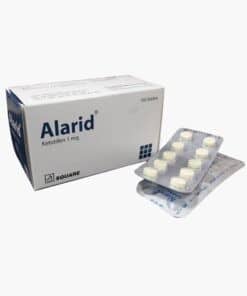
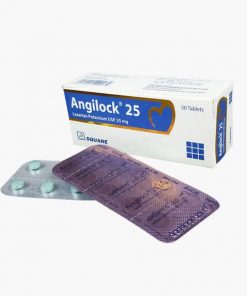
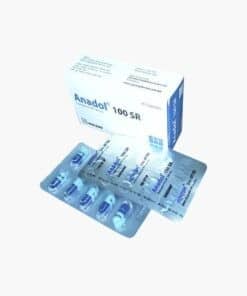

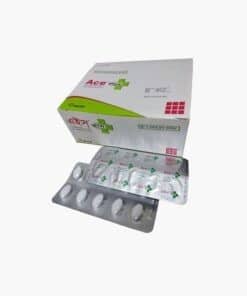
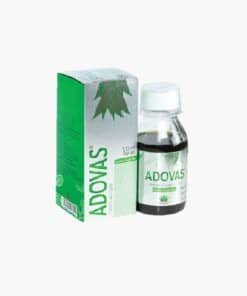
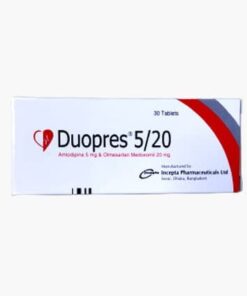
Reviews
There are no reviews yet.